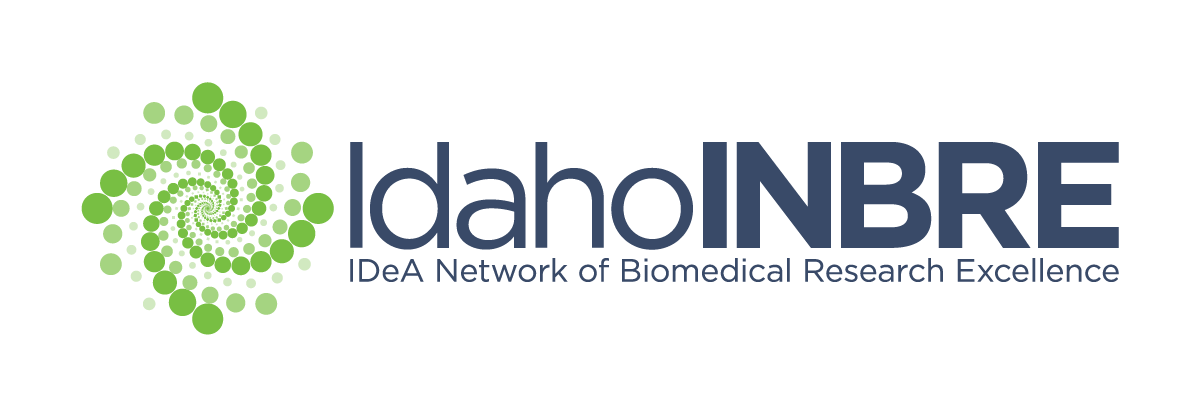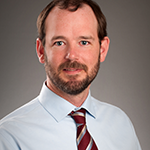
- Name: Gautam Kumar, Ph.D.
- Institution: University of Idaho
- Department: Chemical and Biological Engineering
- Phone: 208-885-1587
- Email: gkumar@uidaho.edu
- Website: http://webpages.uidaho.edu/gkumar/
Summary: Our research group work towards improving the quality of life of people with disability by understanding biophysiological mechanisms underlying major depressive disorder and Parkinson’s disease and developing brain stimulation strategies to fix malfunctioned brain circuits underlying these disorders. In our work, we are bridging the existing gap between molecular neuroscience, computational neuroscience, neuropharmacology, and control theory by developing a unique theoretical framework which will advance our understanding of the brain dynamics underlying these disorders. We take an integrated approach of computational modeling, analysis and simulation to (1) develop biophysiological models of brain circuits underlying these disorders which integrate the chemical (molecular) level description of brain dynamics with the electrical level description, (2) perform dynamical system analysis of the developed model to understand the pathology underlying these disorders, and (3) design optimal control based neurostimulation strategies to reverse the pathological changes underlying these disorders. We generate theoretical hypotheses which can be verified in the relevant neuroscience experiments. Besides this, we are also interested in developing brain-machine-brain interfaces for establishing the lost communication between different brain regions and in developing brain decoders (data driven mathematical models) to read out dreams.
Minimum Classes: N/A
Projects: Dynamical analysis of brain networks: The project will involve large-scale simulations of brain networks using the existing models of neurons and networks and performing dynamical systems analysis to understand the underlying dynamics. We will particularly focus on identifying conditions under which the neurons within the network synchronize or change their dynamical (time-varying) behavior. The involved students will learn mathematical modeling of a physical system, programming languages such as MATLAB and Python, and various methods to analyze large-scale dynamical systems. A strong motivation to work on mathematical problems and learn new tools is required.



